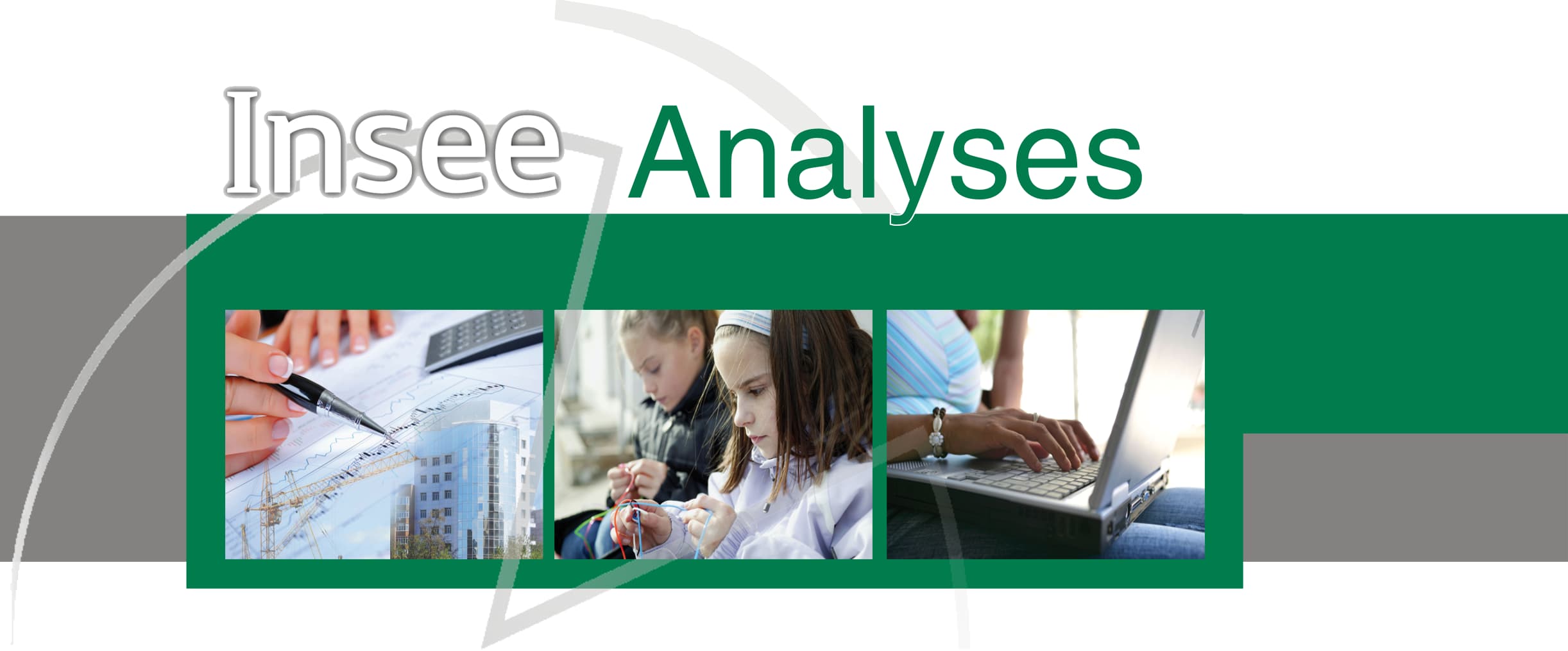 In the medium term, a VAT rise slightly increases inequalities in living standards
and poverty
In the medium term, a VAT rise slightly increases inequalities in living standards
and poverty
Value-added tax (VAT) is one of the main levies in the French tax system. Unlike income tax paid by 45% of taxable households, the whole resident population as well as foreign tourists pay VAT.
An increase in VAT rates leads to a price shock the same year. Then, wages and other incomes are partially adjusted, as well as social benefit and income tax scales by means of price indexing mechanisms. This study analyses the direct effects and some delayed effects of a rise in VAT on average living standards corrected for VAT and rent expenses, as well as on inequalities. We conduct an ex ante evaluation using INES microsimulation model.
Three years after a three point rise in the standard VAT rate, the real mean adjusted living standards would be lower, on average, by 0.6% than what it would have been if VAT had not increased. Delayed effects compensate for 55% of the initial impact. The 10% poorest individuals face a specific situation: they experience a relative loss of their mean adjusted living standards much larger than the rest of the population. Indeed, indexing social benefits and incomes does not offset the rise of VAT and rent expenses.
However, in the medium term, inequalities in adjusted living standards and poverty increase slightly only, while every indicator measuring living standards inequalities and poverty increase in the first year.



